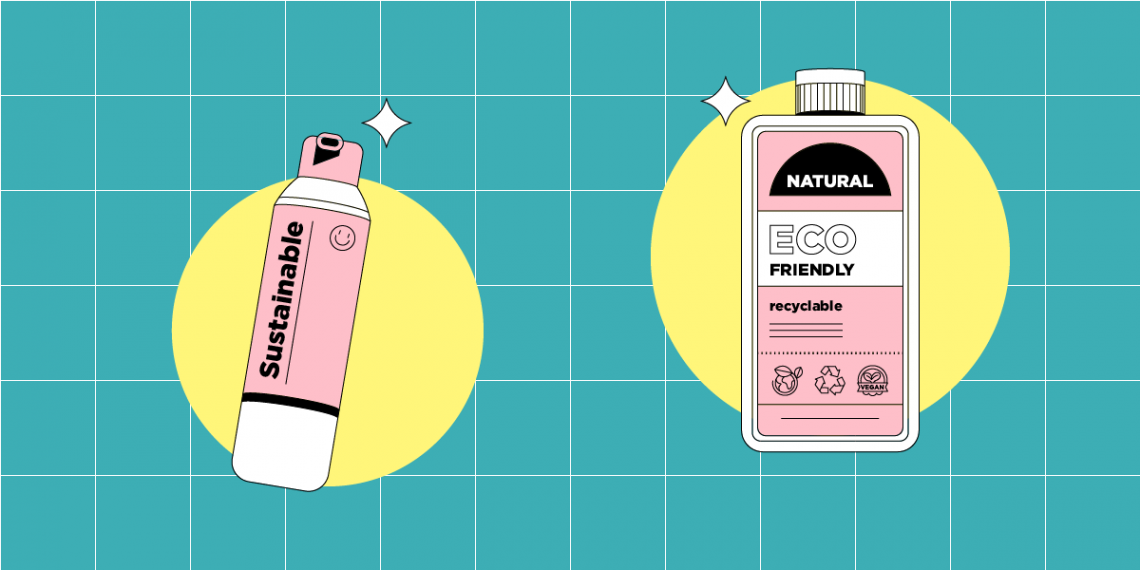Exoskeletons aren’t the most novel thing that is out there, but we keep on seeing innovative ways they are being used across many industries, and maybe you will get inspired to use them in your line of work. They are no longer designed and meant for use by the super-soldiers only but are finding their way into everyday lives, as they support regular people on different job positions. They help people with labor-intense jobs, caregiving, tetraplegics and elderly among others.
Japan is facing its own challenge with an increasing percentage of people aged 65 and older; around 28% of Japan’s population is in this group. The retirement age is also planned to be moved from 60 to 70 years, bringing us to yet another reason to use these exoskeletons. That is why Japanese companies are looking into innovative use of exoskeletons to extend the working lifespan of its people and help them.
Innophy’s model, Muscle Suit Every, is easy to use and weighs around 4kg. It works by pumping air by hand to fill the suit with pressurized air. This then acts as artificial muscles allowing the user to lift up to 25 to 30 kilograms of weight with ease. It can be re-inflated in a day or two and used again regularly. Exoskeletons like this one not only extend working lifespan as shown in this situation but also prevent injuries caused by lifting, carrying and moving heavy objects.
Toyota and Panasonic are also developing their own models. Panasonic’s The Atoun Model Y is different from the previously mentioned one. It is powered by motors and has an assistive force of 10 kilograms. No matter the creator, the final product is a piece of equipment meant to assist in different activities and tasks and help the user to complete them with ease and in a safer manner.
Exoskeletons are also making progress when it comes to tetraplegics as well. Although still in its early stages, a team of researches from the University of Grenoble and Clynatec is coming up with some innovative solutions to overcome previous challenges. Previous designs, where wires were entering the skull in order to transmit electric signals from the brain, were often causing infections and would stop working after a certain period of time. To overcome this, their innovative design places electrodes on top of the brain, on the outer part of the membrane so even if it comes to an infection it would be kept outside.
The user’s brain is first scanned so that the brain can be mapped when the user thinks about certain activities. Afterward, electrodes transmit signals allowing the user to move thanks to the exoskeleton. The exoskeleton is not fully autonomous and hangs by an overhead harness but for now but shows great potential in the future use of exoskeletons for tetraplegics.
As the designs develop and improve in the future, we will see even more ways how exoskeletons could be used and we may even have one of our own as a must-have piece of equipment or maybe even clothing part. Maybe it can give you some ideas on how to improve your business and make your working environment safer and more efficient in the long run.
Follow Innovation Cloud to stay up to date with cool innovations and become inspired to bring your ideas to life. Innovation Cloud is the number one partner in your innovation process, so contact us and let’s start immediately!






